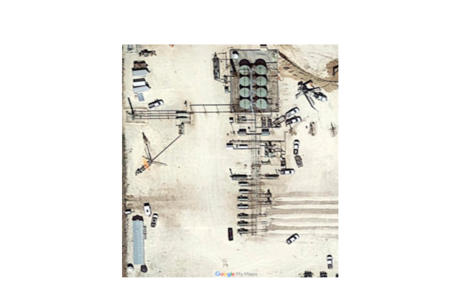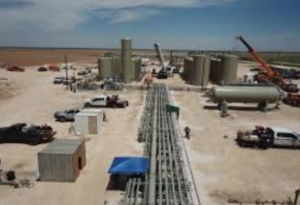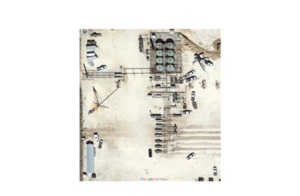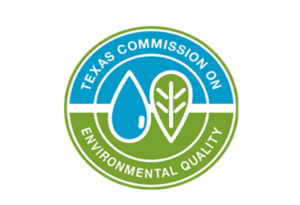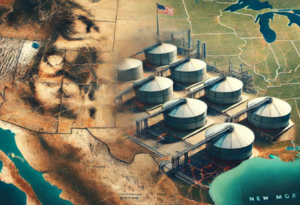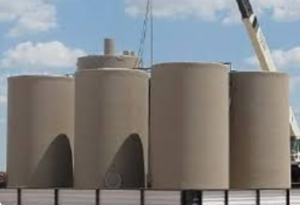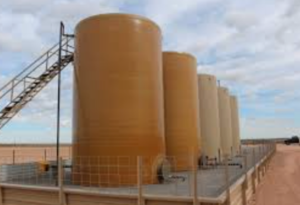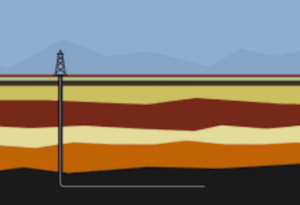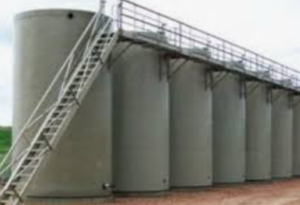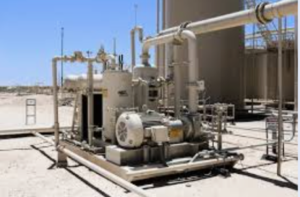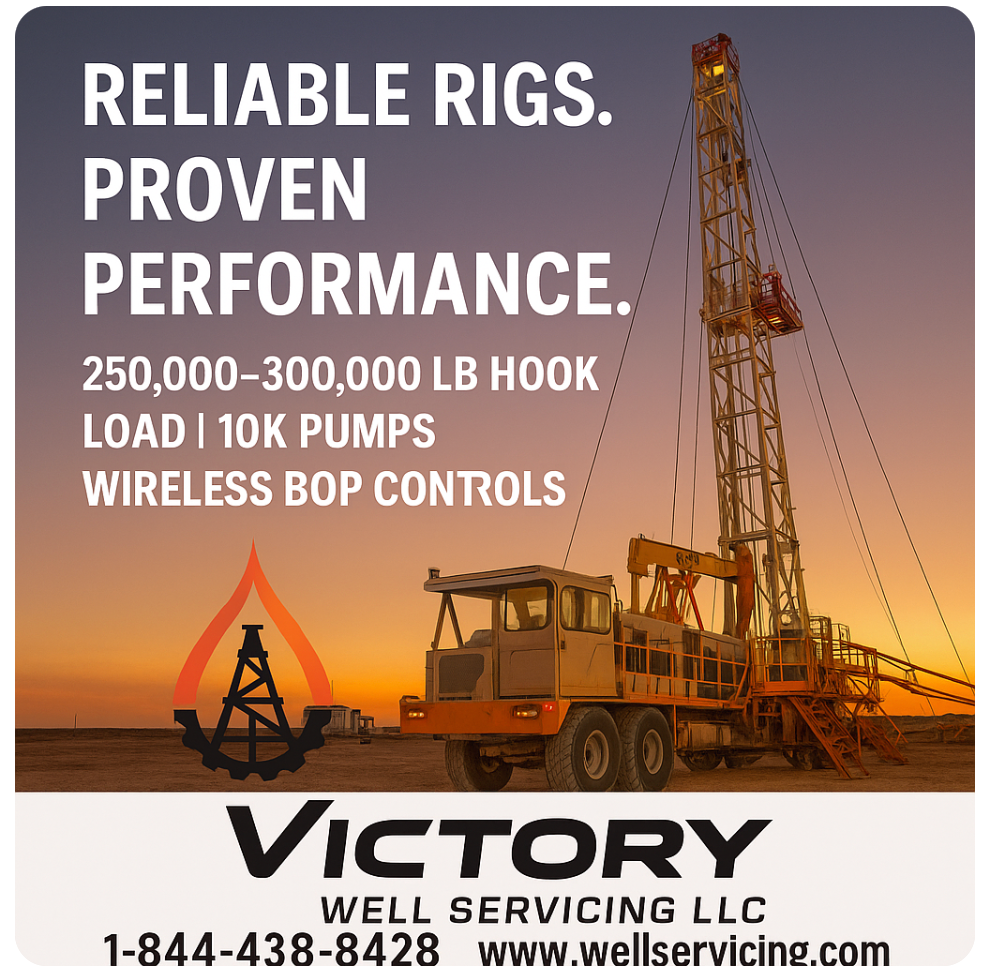In oil and gas production, API 12F tanks and separators are often used together to manage the storage and treatment of produced fluids, including oil, water, and gas.
Here’s how they function in conjunction:
1. Separators:
- Purpose: Separators are pressure vessels designed to separate oil, gas, and water that come from the wellhead. They ensure the efficient separation of hydrocarbons into their components before sending each to the appropriate storage or further processing.
- Types:
- Two-phase separators: Separate gas from liquid (oil and water).
- Three-phase separators: Separate gas, oil, and water into distinct streams.
2. API 12F Tanks:
- Purpose: These are flat-bottomed, cylindrical tanks built according to the American Petroleum Institute (API) 12F specification, designed for oil storage in oil and gas production. They typically store the oil and sometimes water after separation.
- Capacity: API 12F tanks come in standard sizes to handle oil storage needs after it has been separated from water and gas.
- Construction: API 12F tanks are built for durability and easy transportation. They are often used in remote drilling locations and are designed to handle various environmental conditions.
3. Working Together:
- After the separator processes the fluid stream from the well, the separated oil flows into the API 12F tank for temporary storage before it is transported or sent for further refining.
- Water from the separator can either be disposed of via water disposal systems or further processed if there is a recycling system in place.
- Gas is typically sent through gas processing facilities or used onsite.
Operational Setup:
- Wellhead → Separator: The produced fluid from the wellhead is fed into a separator, which divides it into oil, water, and gas.
- Separator → API 12F Tank: Oil is sent from the separator into the API 12F storage tank. Water can be directed to water tanks or disposal systems, and gas is flared or captured for sale or use.
- Monitoring & Maintenance: Both the separator and storage tank require routine checks to ensure efficiency and compliance with safety standards.
The collaboration of separators and API 12F tanks ensures smooth operations in managing production fluids and optimizing the storage of produced oil.
The base or foundation requirements for API tanks are critical to ensure stability, longevity, and safety in storage operations, particularly in the demanding environments of oil and gas fields like the Permian Basin. Proper tank base preparation also prevents settlement, tank damage, and leaks. Here are the key considerations for the base requirements of API 750-bbl tanks:
1. Foundation Types
- High Density Polyurethane (PU) tank bases are used in various industrial applications where stability, durability, and chemical resistance are crucial.
- Concrete Pad Foundation: This is the most common type of foundation for large storage tanks. It provides a flat, durable, and stable surface that can bear the weight of the tank and its contents.
- Crushed Gravel Pad: In some cases, especially in remote or temporary installations, a well-compacted gravel or crushed stone pad is used. The gravel base provides a stable, permeable foundation that drains water away from the tank.
- Ring Wall Foundation: For more permanent installations, a ring wall made of concrete, stone, or compacted soil can be built around the perimeter of the tank. This ring supports the tank’s shell while the interior area is filled with compacted material.

